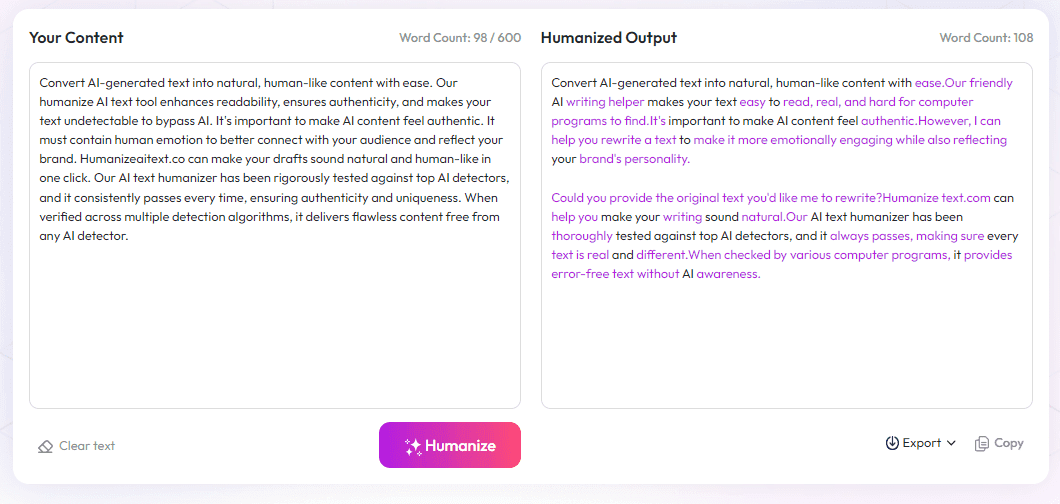Table of Contents
Building a Discord community for writers can be tricky—making sure it’s organized, welcoming, and active enough to keep members interested. It’s easy to end up with chaos or a space that no one wants to use. But don’t worry: with a good plan, your server can be a place where writers grow and connect. Keep reading, and I’ll show you simple ways to set up your community for success.
If you follow a clear structure, encourage regular activities, and foster respect, your server will thrive naturally. I’ll guide you through creating an easy-to-navigate setup, hosting engaging events, and making everyone feel valued. These simple steps can turn your Discord into a lively hub for writers.
In the next few lines, you’ll see how to make a welcoming, active, and organized space for writers to share ideas and improve their craft. Ready to build a community that everyone loves? Let’s get started!
Key Takeaways
Key Takeaways
- Create a clear, simple server setup with well-labeled categories to help members find and participate easily. Limit channels to avoid clutter and make navigation smooth.
- Use roles and permissions to keep the community organized and safe, granting access based on member activity and involvement.
- Encourage activity with dedicated channels for sharing work, prompts, and regular events like writing sprints or critique nights to boost engagement.
- Automate reminders and moderation with bots to keep the server active and respectful without extra effort.
- Foster a friendly vibe by setting guidelines, recognizing contributors, and creating a space that values diversity and inclusion, making everyone feel welcome.

Building a Discord community for writers starts with laying a solid foundation that makes it easy for members to find value and stay engaged. The first step is creating a **clear and organized server structure**. Well-structured categories and channels help members navigate effortlessly and find exactly what they're interested in.
1. Create a Clear and Organized Server Structure
2.1 Set up Categories and Channels for Easy Navigation
Design your server with distinct categories like "Writing Rooms," "Critique Corner," and "Resource Hub." Each category should contain specific channels, for example, within "Writing Rooms," have channels like #poetry, #novels, or #fanfiction. Use descriptive names so members instantly know where things are. For example, a channel titled Winter Writing Prompts can spark activity and provide fresh inspiration. Organize channels logically, so members don't get overwhelmed.
2.2 Use Roles and Permissions to Control Access
Assign roles such as "Member," "Writer," "Moderator," or "Guest Author" with specific permissions. For example, only moderators can delete messages or manage channels, while new members can have limited access initially. Use roles to create exclusive spaces like "Beta Readers" or "Publishing Tips." Setting permissions prevents spam and keeps conversations focused on the community's goals. Also, consider giving special roles like “VIP” for active members who contribute consistently.
2.3 Keep the Server Layout Simple and Member-Friendly
While it's tempting to add many channels, less is often more. Keep the structure simple—about 10-15 channels at most. Use emojis for channel icons to make navigation fun and intuitive. Avoid clutter by pinning important messages and regularly archiving inactive channels. The goal is to make new members feel comfortable and find their community niche quickly. Remember, a confusing server drives people away faster than a cluttered desktop.
2. Enable Active Engagement with Dedicated Channels and Events
3.1 Offer Spaces for Sharing Work, Ideas, and Writing Prompts
Create dedicated channels like #sharing-work, #writing-prompts, or #story-ideas where members can post their projects and get feedback. Regularly provide fresh prompts, such as seasonal writing challenges—like winter-themed prompts—to keep content flowing. This encourages members to participate and share their creativity, turning passive lurkers into active contributors.
3.2 Host Regular Writing Sessions and Critique Nights
Schedule weekly or bi-weekly events such as live writing sprints or critique hours. Use voice channels for real-time interaction and chat channels for asynchronous feedback. These events build momentum and foster a sense of community. For example, a Saturday night "Critique Night" can be promoted in advance, encouraging members to submit their work for constructive feedback.
3.3 Use Bots to Schedule and Moderate Events
Automate reminders with bots like MEE6 or Dyno to announce upcoming events, keeping members informed without manual effort. Use moderation bots to filter out spam or inappropriate content, ensuring the environment stays respectful. Bots can also run fun activities like writing quizzes, polls, or even gamify participation to motivate members to stay active.
Building your Discord community doesn’t have to be complicated. Focus on a clean structure, engaging activities, and a supportive environment to help writers connect, share, and grow together. In the next part, we’ll cover how to foster a positive, inclusive atmosphere that keeps members coming back.

5. Foster a Positive and Inclusive Atmosphere to Keep Members Coming Back
Creating a welcoming environment is key to retaining members and encouraging ongoing participation.
Set clear guidelines that promote kindness, respect, and constructive feedback to prevent toxicity and misunderstandings.
Encourage open communication by welcoming diverse perspectives and making space for everyone to share their thoughts.
Recognize active contributors publicly—shout-outs or small rewards can motivate members to stay engaged.
Be transparent about community goals and listen to member feedback to adapt your environment accordingly.
Regularly address conflicts calmly and fairly, and have a team of trusted moderators ready to step in when needed.
Promote inclusivity by celebrating different genres, backgrounds, and writing styles, making the server feel like a safe space for all.
Consider creating channels or special events dedicated to marginalized voices or underrepresented genres to foster diversity.
Keep the vibe light and supportive, so even members who are just starting out feel comfortable sharing their work.
FAQs
Set up clear categories and channels based on topics or activities. Use descriptive names, keep a logical order, and avoid clutter to make navigation intuitive for members.
Create dedicated channels for sharing work, host regular writing sessions or critique nights, and use bots to automate event scheduling. Consistent and engaging activities keep members involved.
Establish clear rules for respect and constructive feedback, assign moderators who share your values, and promote open, inclusive communication to foster a welcoming environment.
Encourage members to review and share each other's work, create channels for related topics like publishing, and focus on genuine conversations rather than gimmicks to strengthen engagement.



